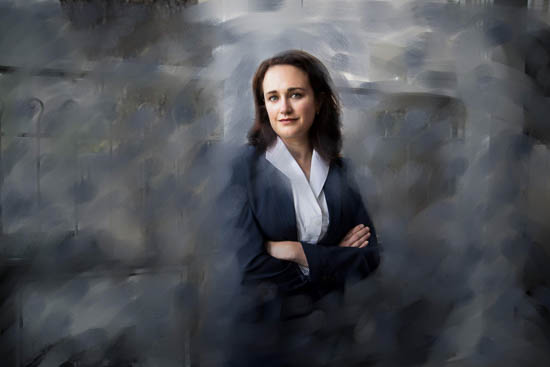
Images has been through a huge transformation over the past couple many years. From film rolls and darkrooms to mirrorless cameras and AI editing, the evolution has become speedy and relentless. What was when an analog craft now leans heavily into the electronic realm, and for many photographers, this shift offers both of those prospect and problem. People that fall short to adapt chance being still left behind inside of a aggressive industry in which keeping latest is important. Understanding how photography has developed is step one in recognizing the importance of remaining aligned with nowadays’s chopping-edge instruments and tactics.
Up to now, a photographer’s skill was calculated mainly by their ability to get the job done with handbook settings, lighting, movie kinds, and Bodily prints. Developing pics necessary chemical awareness and access to a darkroom. On the other hand, electronic cameras disrupted the status quo, making images much more accessible and fewer highly-priced. With all the increase of DSLRs and mirrorless techniques, photographers no longer essential movie or enhancement labs. Instantaneous graphic previews, bigger ISO abilities, And big storage solutions meant photographers could shoot a lot more, experiment freely, and master quicker. But this electronic increase also released new issues—Level of competition greater, and basically possessing a superb digicam was now not plenty of to get noticed.
These days, the images field is deeply intertwined with technology. AI-pushed enhancing tools like Lightroom’s matter masking or Photoshop’s generative fill have redefined submit-processing. Platforms like Skylum Luminar and Topaz Labs offer get more info sounds reduction and picture upscaling that may happen to be not possible ten years in the past. Even smartphones, after mocked by professionals, now generate more info significant-resolution RAW visuals and give Highly developed characteristics like portrait manner, night time images, and serious-time HDR. The playing industry has shifted dramatically, and traditionalists will have to take that more recent technological innovation usually improves in lieu of diminishes the artwork of pictures.
Over and above hardware and software program, technological innovation now dictates how photographers hook up with purchasers and expand their businesses. Social media platforms, Search engine marketing-optimized Sites, and automated reserving methods are important for advertising and outreach. Google My Small business profiles, geotagged photographs, and on the net opinions usually decide no matter whether a shopper chooses one photographer over A further. Gurus who keep on being offline or depend solely read further on word-of-mouth promoting Restrict their exposure and opportunity development. Embracing these electronic instruments doesn’t just help photographers keep pertinent—it allows them to operate smarter and arrive at broader audiences more competently.
The rise of AI in pictures is especially transformative. Artificial intelligence can now review facial characteristics to auto-accurate lighting, clean pores and skin, as well as swap backgrounds in just one click. AI-driven culling computer software can help photographers sift by 1000s of pictures, choosing the right photographs depending on expression, sharpness, and composition. In-studio, AI-enhanced lighting systems mechanically adjust exposure and equilibrium depending on topic place. These applications don’t change the photographer's Resourceful eye—they amplify it. People who make investments time in Mastering AI keep reading features gain a competitive edge in equally velocity and good quality.
In conclusion, images is no more nearly mastering the shutter or knowing the golden hour. It’s about adaptability. The craft is now a dynamic mixture of art, science, and know-how. Photographers who will be willing to evolve—who master new program, spend money on smarter equipment, and embrace AI and digital advertising and marketing—are better positioned for prolonged-term achievements. Those who resist, clinging to out-of-date approaches or dismissing technological trends, may soon uncover themselves irrelevant in a fast-paced visual environment. To remain aggressive and look here creative, photographers ought to don't just sustain Together with the evolution of photography—they must direct it.